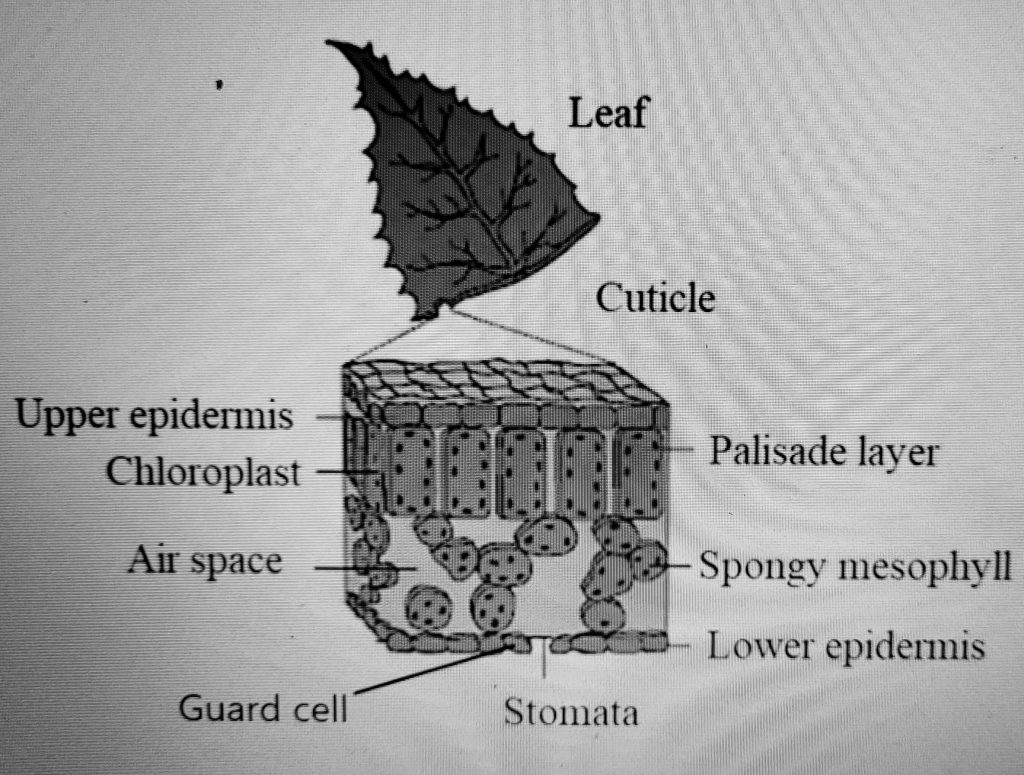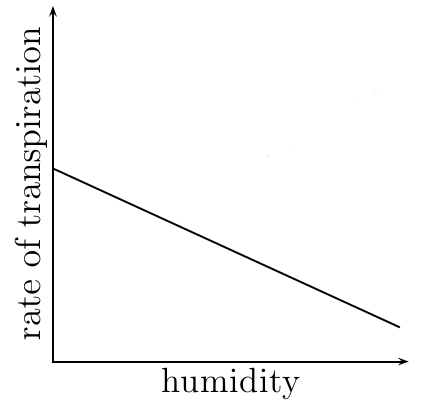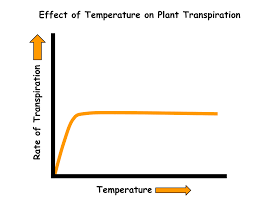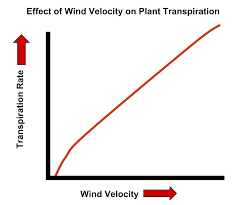Factors Affecting the Rate of Transpiration in Plants depends on 2 main reasons –
- Plants Parameters
- Environmental Conditions
Also Check – Transportation in Plants Class
10 Important Factors that Affect the Rate of Transpiration
1.Stomata

- When stomata are open, transpiration rates increase; when they are closed, transpiration rates decrease.
- Number of Stomata: More stomata will provide more pores for transpiration.
- Number of Leaves: More leaves mean a bigger surface area and stomata for transpiration.
Also Check – Stomatal Transpiration
2.Cuticle

- The thicker the cuticle layer on a leaf surface, the slower the transpiration rate.
3.Leaf Area (Transpiring Area):

- A plant with large leaf area will show more transpiration than another plant with less leaf area
Also Check – SIGNIFICANCE OF TRANSPIRATION
4.Root/Shoot Ratio:
- A low root/shoot ratio decreases the rate of transpiration while a high ratio increases the rate of transpiration.
Also Check – Lenticular Transpiration
5.Mesophyll:
- Compact mésophyll reduces transpiration while a loose mesophyll increases transpiration.
6.Leaf Modifications:

- Formation of prickles, leaf spines, scaly leaves, phyllodes, phylloclades, are all modifications found in xerophytes to reduce transpiration.
Also Check – Why is Transpiration Important for Plants
7.Light intensity:

- High light intensity increases the rate of photosynthesis, causing stomata to open so that leaf cells can get enough carbon dioxide. When stomata are fully open, water vapor escapes more easily, increasing the rate of transpiration.
- Bright sunshine also warms leaves, increasing the rate of transpiration by raising the temperature.
Also Check – Transpiration Diagram
8.Humidity

- Humidity is the amount of water vapour in the air. When humidity is low, the air is dry and water evaporates easily from leaves, resulting in a high rate of transpiration.
- When humidity is high, water evaporates less easily and transpiration is slower.
9.Temperature:

- An increase in temperature increases the rate of transpiration as it increases the rate at which water evaporates from leaf cells and escapes into the air through stomata.
- It also increases the capacity of the air to absorb more water.
10.Wind Speed

- Higher wind speeds cause the rate of transpiration to increase. This is because the water vapor that has diffused out of the leaves is moved away quickly by the wind, preventing humidity from building up around the plant.


7 Comments on “10 Important Factors that Affect the Rate of Transpiration”